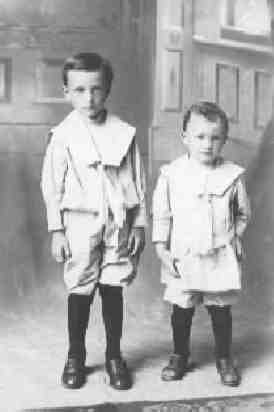 Figure 1.--One of the most enduring boys' and eventually girls'
fashions was the sailor suit. What does this tell us about the countries
where sailor suits were most popular. Why did they eventually pass out
of fashion.
Figure 1.--One of the most enduring boys' and eventually girls'
fashions was the sailor suit. What does this tell us about the countries
where sailor suits were most popular. Why did they eventually pass out
of fashion.

One of the purposes of this website is to try to
see what social trends in different countries can be found by assessing
clothing styles. Just what do popular trens in fashion tell us about the countries or times? I am posting here some of the major questions that have occurred to me. I'd
be very interested in any insights you have or any other questins you
think we should be considering.
Why were sailor suits so popular? Why for example was the fashion sailor suits and not army
uniforms? Why were sailor suits particularly popular in Britain and
Germany? What does this tell us about the countries
where sailor suits were most popular. Why did they eventually pass out
of fashion.
We know how some Scottish traditions like kilts were invented. But why did they became so popular and continue popular not only in England, but also in America. Also how common was it for Scottish boys tomwear kilts?
Why did the Fauntleroy craze of the 1880s become so popular in both America and Britain as well as other countries. Why does it seem less popular in Germany? What was it about the 1880s that allowed this style, seemingly so illsuited for boys to become so popular.
Why were European and American boys for several centuries dressed like girls. What does this tell us about socities view of children and adult roles. Why did the practice suddenly end after the First World War.
Why did short pants for boys become so popular in England and Europe after the First World
War while knickers were more popular in America? What does this tell us about difference between Europe and America?
Why do contemprary boys want to wear such large sizes. What underlying social attitudes have caused this fashion to be so popular?
Who designs childrens clothes. I'm interested in both historical periods and current designers.
Thank you for your very interesting site. I'm glad to see more academic material on the web. I was wondering if you could answer a question for me. I have heard that prior to World War I that pastel pink was the boy's color, and that pastel blue was considered proper for girls. Do you know if this is true? Do you know where I might a citation that references this history? Thanks again!
Elizabeth Bernstein, UC Berkeley, Sociology
I really enjoyed your site on boys' clothing. It has been extremely helpful to me. First of all, let me enlighten you somewhat on my situation and explain why I am researching the subject of clothing. The church that I am a part of believes that women should only wear dresses and skirts because pants are strictly for men. This comes from a portion of scripture in deuronomy that says that it is an abomination for a woman to put on that which pertaineth to a man. I totally agree with this. My question is who sets the standards for what is womens attire and what is mans? The bible is not clear on this. From my understanding mostly long robes were worn by both sexes in biblical days. The reason I am questioning or closely examining this issue is because I am having difficulty wearing a skirt in my profession and will probably have to wear pants. I would appreciate any information or input that you have regarding women and men's clothing. Thank You. Kerrie
Can you tell me when Americans started referring to waistcoats vests? Here in Ireland a vest means an undershirt. Tom. I'm afraid I can't give you a precise time. My dad was born in 1903 and referred to his undershirts (always sleeveless) as "vests". I never heard him say "waistcoat" or "vest" referring to a suit vest. He never wore a suit vest. I was born in 1943. I never called my undershirts "vests". I always wore sleeved "T" shirts. So I guess the change occurred after the 1920s, probably the 1930s or the War years.
These are not the only questions we are wrestling with. Feel free to offer your assessment or to suggest other questions you think this web site should address.
Navigate the Historic Boys' Clothing Web Site:
[Return to the Main question page]
[Introduction]
[Bibliographies]
[Bibliographies]
[Chronologies]
[Contributions]
[Countries]
[Frequently Asked Questions]
[Links]
[Style Index]
[Boys' Clothing Home]
